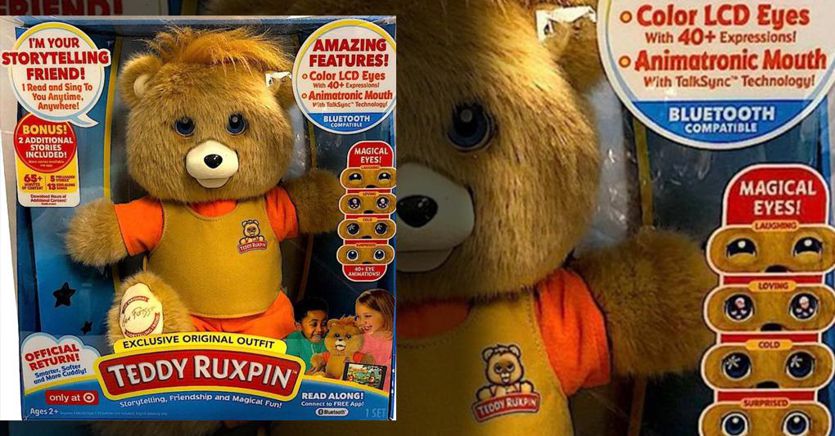Listen to the audio version of the article
They are arriving. There are few doubts about this. However, when much will depend on the rules on artificial intelligence that nation states will establish individually or collectively. Let’s talk about toys animated by Ai Gen, by chatbots like ChatGpt so to speak. Therefore of a new generation of objects no longer just connected to the internet but capable of communicating with children with natural language. It means that they talk, listen and learn.
Let’s try to understand what they could do: Smart toys, for example, can generate personalized stories for the child, invent games, teach programming and more. They could work in a STEM (science, technology, engineering and mathematics) key to improve children’s skills. But also reinventing new formats of traditional games by learning and studying our style of play by example. Imagine a board game that adapts and responds to our moves, deciding whether to lose or raise the level of the challenge based on our expressed frustration. We are talking about something new also for video games which for years have perfected challenge balancing tools based on artificial intelligence. The value of these new “toys” is not easily quantifiable also because we do not know the real costs of integration from AI gen. However, we know that finance believes in it and is ready to bet on it. The global Ai Toys market measured by Contrive Datum Insight could triple in value between now and 2030, going from $12 billion to $35.7 billion.
However, the risks of something going wrong in this sector are very high. Particularly regarding privacy and the potential impact on children’s psychological development.
A premise: Ai Toys are not evil even if they give some shivers down the spine. Just as toys connected to the internet are not dangerous a priori. The problem arises when the transparency of these devices is lacking, for example when it is not known what happens to the data, who holds it and for what purpose. Let’s talk about what these toys learn from those who play with them. From children, to be clear.
Someone will remember – or rather they won’t remember – the case of the interactive Cayla doll. We are in 2017. Little blonde, denim jacket and pink skirt. The Telecommunications Authority banned it on charges of espionage. Not only is it no longer possible to sell it but it cannot even be held. Whoever purchased it will have to destroy it.
